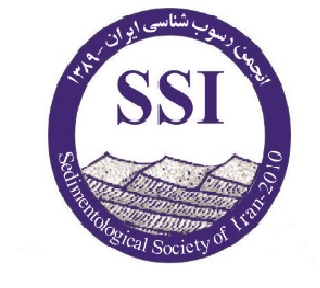Rock typing in Asmari Formation using hydraulic flow unit concept, with an impact on Ahvaz Sandstone Member in Mansouri Oilfield
Subject Areas :مسلم خداویسی 1 , Kavianpour-Sangenoo 2 , Namdarian 3 , Seyed Reza Moussavi-Harami 4 , Mahbobi 5 , Kadkhodaei 6 , Davood Fereidooni 7
1 - Ferdosi University
2 -
3 -
4 - Ferdosi University
5 -
6 -
7 -
Keywords: Asmari Formation rock type hydraulic flow unit Ahwaz Sandstone Mansouri Oilfield,
Abstract :
The Asmari Formation (Oligocene-Miocene) is one of the most importance reservoir rocks in the Zagros Basin. This formation in the Mansouri Oilfield is composed of the mixture of silisiclastic - carbonate deposits which silisiclastic deposits are known as the Ahwaz Sandstone Member. Rock typing is a process in which geological facies determined with their dynamic behavior. Each flow unit is related to flow zone indicator, thus zoning of a reservoir using of flow zone indicators and identification of Flow units can be used to evaluate the reservoir quality based on relationship between porosity and permeability. To evaluate the reservoir quality and determining spatial distribution of petro-physical indexes in the Asmari Formation Sandstone, porosity-permeability relationship as well as their relationship with the rock types is used and finally Flow Units and Rock Types have been identified. In this study, the Asmari Formation Sandstone is divided into four flow units A, B, C and D. Within recognized flow units, flow unit C is the best one in the terms of reservoir quality and flow unit D also has a good reservoir quality. Comparison of determined flow units with porosity logs (neutron, density and sonic), it is observed that sandstone successions of Asmari reservoir affected by diagenetic processes like fracturing, dissolution, dolomitic cementation and hydrocarbon migration before cementation and flow units C and D are more extended, so porosity logs show good reservoir quality in this interval of Asmari succession. Thus it can be deduced that using hydraulic flow units, we can determine rock types groups in wells with core and then extrapolate the results into uncored wells.
